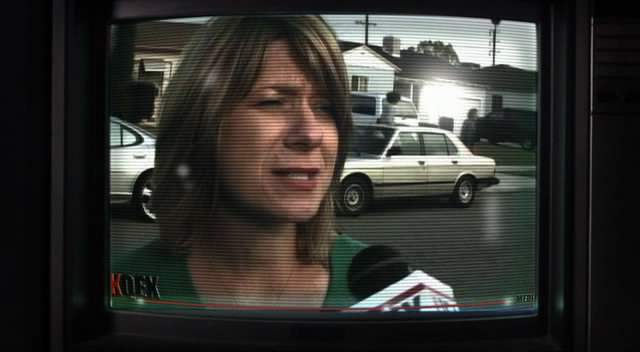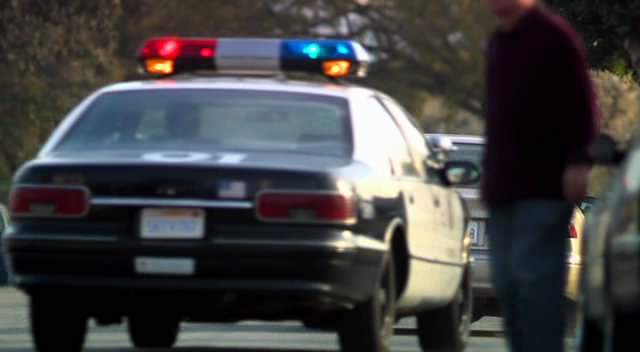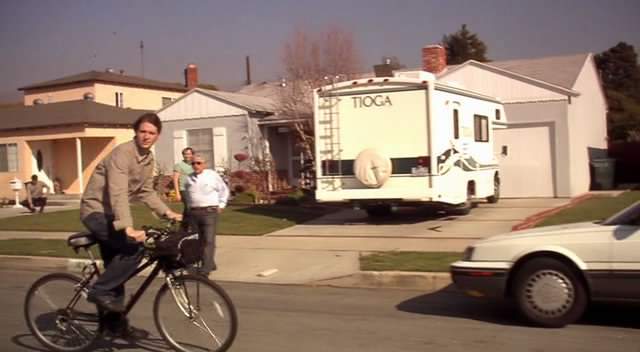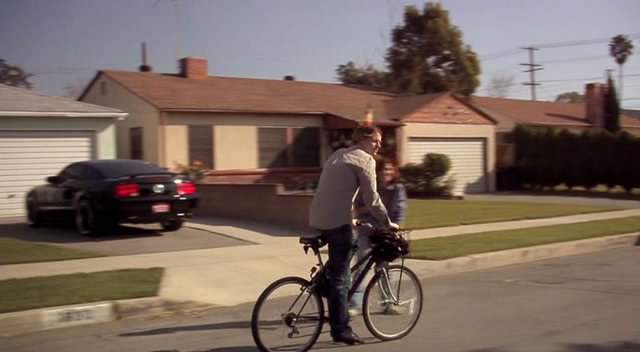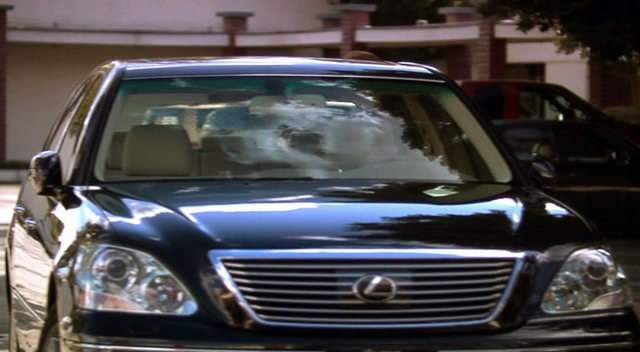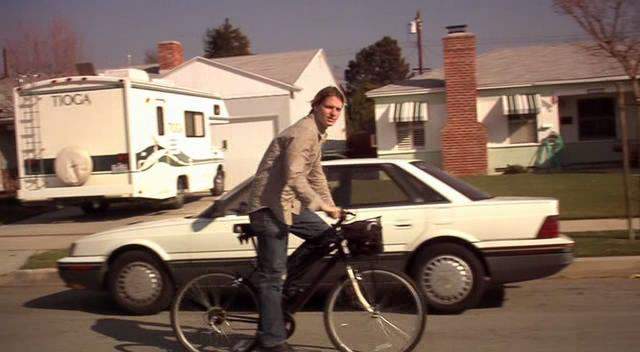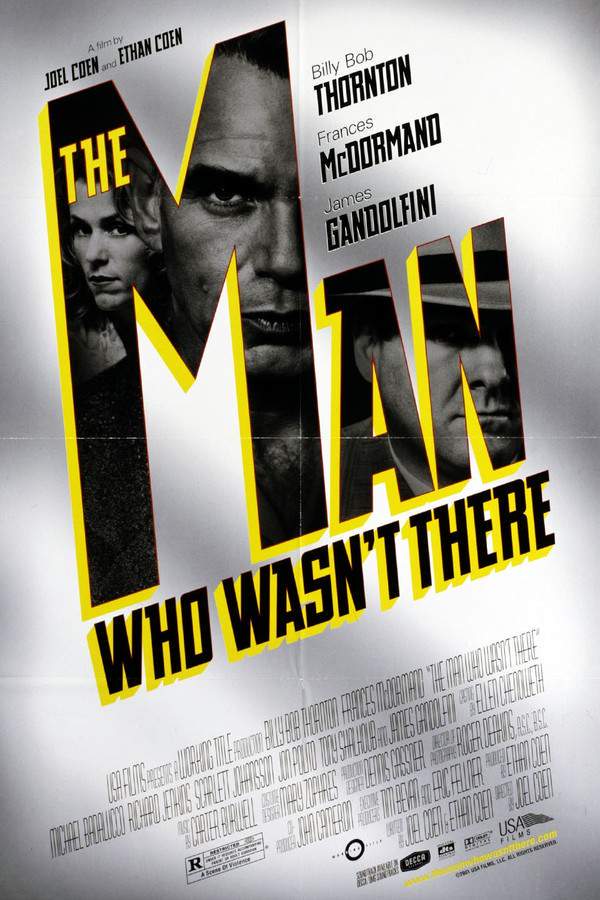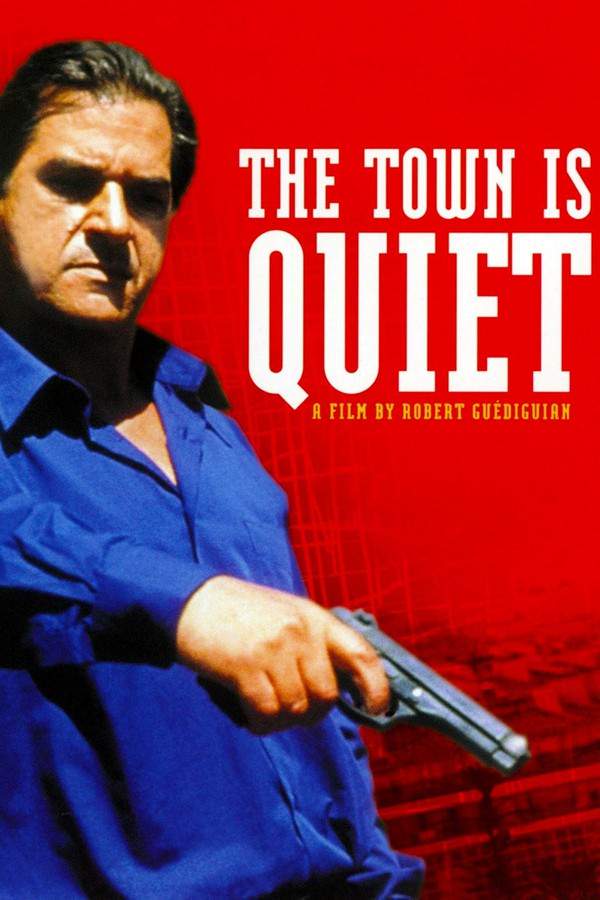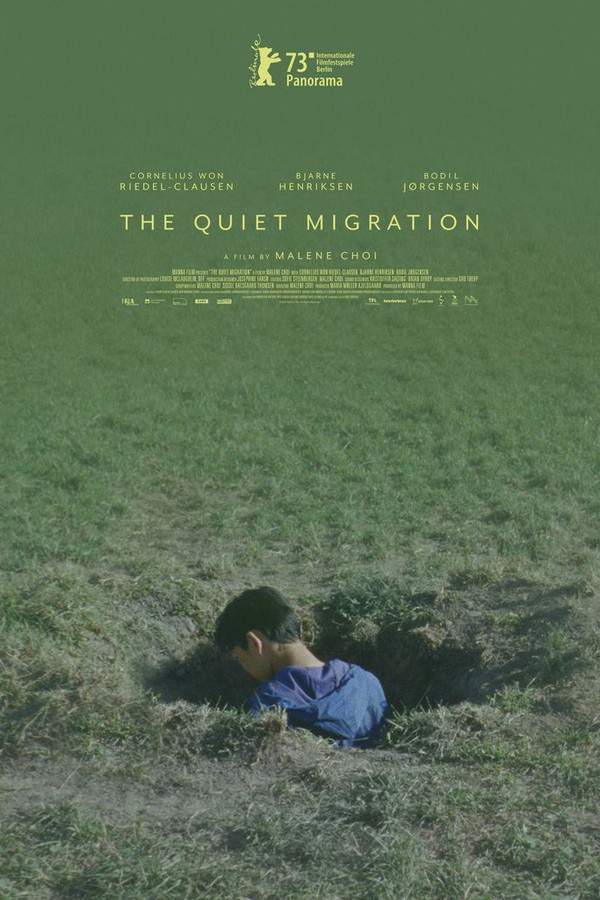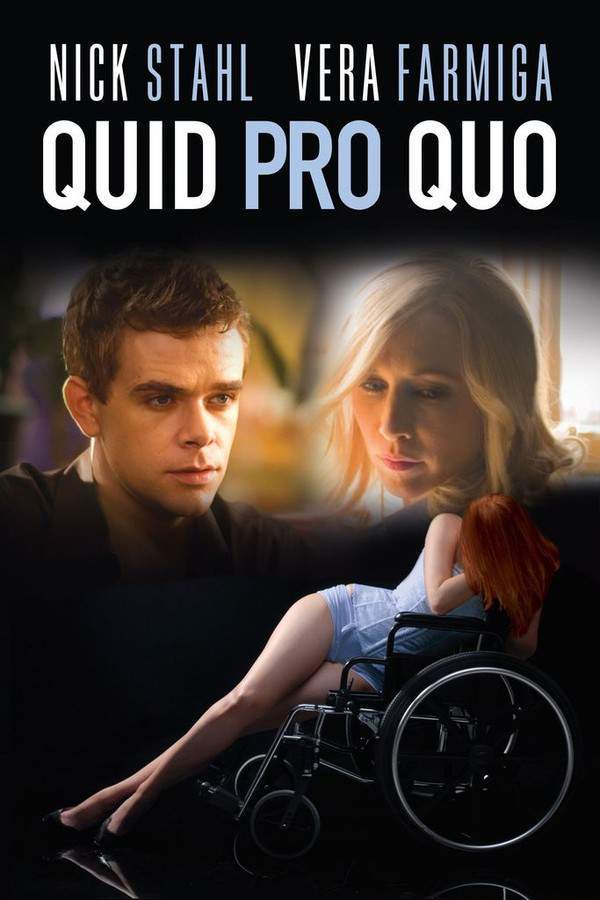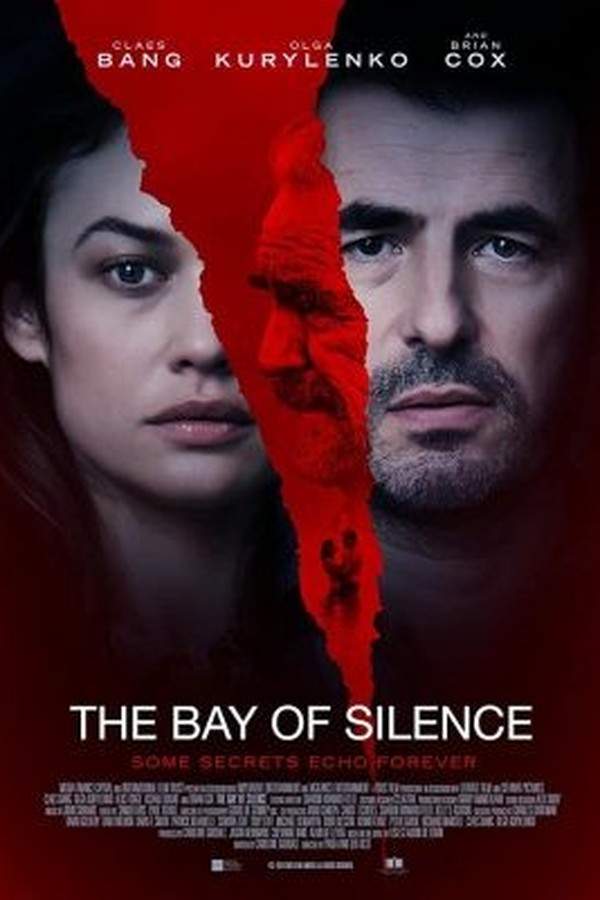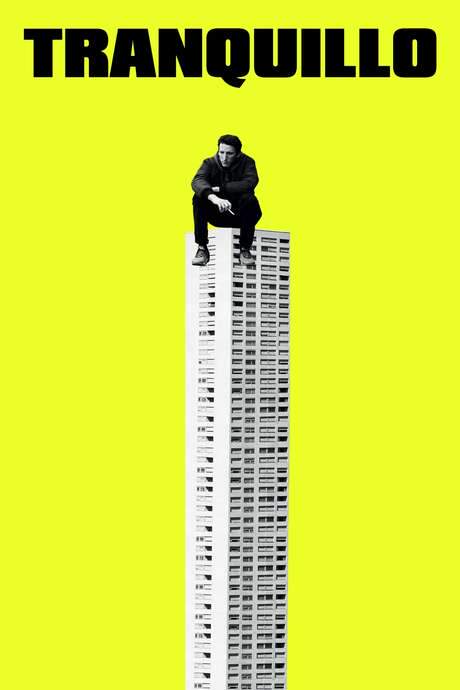He Was a Quiet Man 2007
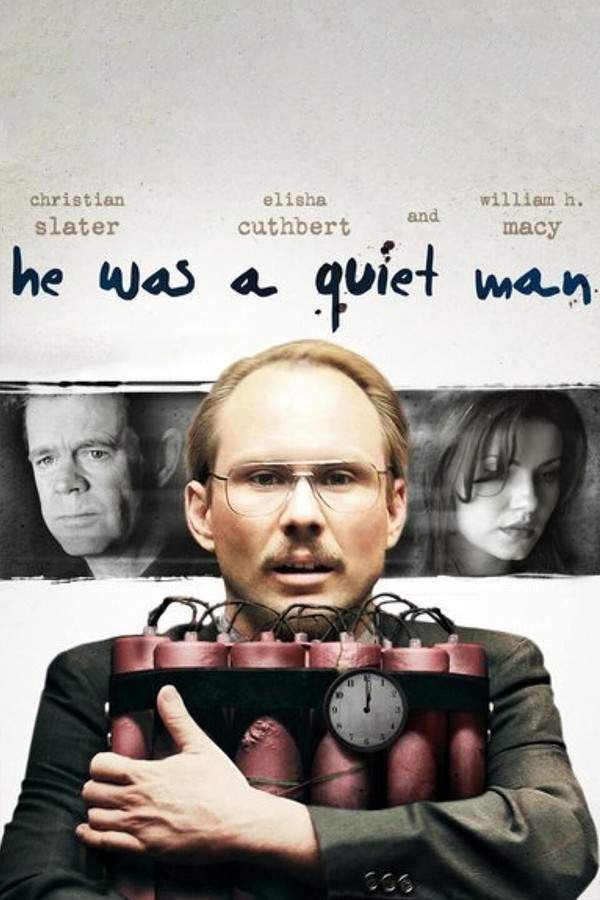
Bob Maconel lives a predictable and unremarkable life until he unexpectedly intervenes to save the mysterious Vanessa from danger. Their encounter sets in motion a series of events that lead to a startling request: he is asked to help her end her life, forcing him to confront his own values and face unforeseen consequences.
Does He Was a Quiet Man have end credit scenes?
No!
He Was a Quiet Man does not have end credit scenes. You can leave when the credits roll.
Meet the Full Cast and Actors of He Was a Quiet Man
Explore the complete cast of He Was a Quiet Man, including both lead and supporting actors. Learn who plays each character, discover their past roles and achievements, and find out what makes this ensemble cast stand out in the world of film and television.
External Links and Streaming Options
Discover where to watch He Was a Quiet Man online, including streaming platforms, rental options, and official sources. Compare reviews, ratings, and in-depth movie information across sites like IMDb, TMDb, Wikipedia or Rotten Tomatoes.
Ratings and Reviews for He Was a Quiet Man
See how He Was a Quiet Man is rated across major platforms like IMDb, Metacritic, and TMDb. Compare audience scores and critic reviews to understand where He Was a Quiet Man stands among top-rated movies in its genre.

53
Metascore
6.2
User Score


79%
TOMATOMETER

62%
User Score

6.7 /10
IMDb Rating

64
%
User Score
Take the Ultimate He Was a Quiet Man Movie Quiz
Challenge your knowledge of He Was a Quiet Man with this fun and interactive movie quiz. Test yourself on key plot points, iconic characters, hidden details, and memorable moments to see how well you really know the film.
He Was a Quiet Man Quiz: Test your knowledge on the emotional journey and complex themes in 'He Was a Quiet Man'.
What tragic event altered Bob's life five years prior to the film's events?
The loss of his wife and child
A car accident
A workplace incident
A breakup
Show hint
Full Plot Summary and Ending Explained for He Was a Quiet Man
Read the complete plot summary of He Was a Quiet Man, including all major events, twists, and the full ending explained in detail. Explore key characters, themes, hidden meanings, and everything you need to understand the story from beginning to end.
Five years before the events of the film, Bob suffers the devastating loss of his wife and child. To cope with this tragedy, he downsizes to a smaller home, acquires some fish in a quest for companionship, and begins to experience a peculiar mental decline. This is illustrated through a news report that recollects his family’s deaths, and through symbolic moments like the appearance of two hummingbirds outside his window, harkening back to his lost loved ones.
As Bob navigates his new life, he becomes enamored with Paula, who treats him poorly and shows little interest in him. In his attempt to escape reality, Bob creates an imaginary character, Vanessa, a vibrant Hula Girl who temporarily fills the void left by Paula. This fabrication is a testament to his deteriorating mental state — she often appears whenever he is reminded of the Hula Girl. The breakdown of his doll parallels Bob’s own fragmentation, as he finds comfort in a non-existent relationship.
As turmoil intensifies, Bob’s apartment is left in shambles, his fish tank is neglected, and his mental health spirals. He eventually brings a gun to work, envisioning a violent act to reclaim a sense of control. This leads him to fantasize about shooting several people before turning the gun on himself, though a part of him remains detached, represented by Coleman, who seemingly embodies his worst impulses.
But when the pivotal moment arrives, Bob’s intended reality shatters as he instead shoots Coleman, becoming an accidental hero in a world that chooses to overlook the loaded gun he had at work. The imagery of a solitary hummingbird in his window upon his return home indicates his guilt over Vanessa’s imagined demise.
Bob’s life inexplicably improves as people who once ignored him suddenly embrace him, culminating in a farcical promotion and a new car. However, as he grapples with the notion of life and death, he questions his choices, scribbling down whether he should “finish what Coleman started.” Here, he starts to wrestle with the weight of his own existence.
Fantasy and reality clash when Bob is confronted by a grief counselor who ultimately urges him to accept that he is the root of his problems. The counselor embodies the voice of reason and truth that Bob has been evading. As the film progresses, Bob’s life takes a downward turn; he loses his imagined accolades and the support of those around him.
In a final confrontation, he emerges from his fantasy world, realizing the stark contrast between his dreams and his painful reality. The flickering presence of Vanessa morphs into Paula, exposing the truth behind his illusions. When the sixth bullet, meant for himself, flickers in and out of existence, Bob grasps the reality of his mental affliction.
Ultimately, Bob’s tragic realization culminates in a poignant conclusion where he acknowledges the veracity of the grief counselor’s words—he is the problem. As he succumbs to his inner demons, Vanessa’s imaginary form dissipates like a whisper, leaving behind the painful echo of loss as the police arrive to grapple with the remnants of his shattered existence. This haunting tale explores deep themes of grief, identity, and the sometimes blurry line between imagination and reality.
Uncover the Details: Timeline, Characters, Themes, and Beyond!

Coming soon on iOS and Android
The Plot Explained Mobile App
From blockbusters to hidden gems — dive into movie stories anytime, anywhere. Save your favorites, discover plots faster, and never miss a twist again.
Sign up to be the first to know when we launch. Your email stays private — always.
Watch Trailers, Clips & Behind-the-Scenes for He Was a Quiet Man
Watch official trailers, exclusive clips, cast interviews, and behind-the-scenes footage from He Was a Quiet Man. Dive deeper into the making of the film, its standout moments, and key production insights.
Cars Featured in He Was a Quiet Man
Explore all cars featured in He Was a Quiet Man, including their makes, models, scenes they appear in, and their significance to the plot. A must-read for car enthusiasts and movie buffs alike.
He Was a Quiet Man Themes and Keywords
Discover the central themes, ideas, and keywords that define the movie’s story, tone, and message. Analyze the film’s deeper meanings, genre influences, and recurring concepts.
He Was a Quiet Man Other Names and Titles
Explore the various alternative titles, translations, and other names used for He Was a Quiet Man across different regions and languages. Understand how the film is marketed and recognized worldwide.
Similar Movies To He Was a Quiet Man You Should Know About
Browse a curated list of movies similar in genre, tone, characters, or story structure. Discover new titles like the one you're watching, perfect for fans of related plots, vibes, or cinematic styles.
Quick Links: Summary, Cast, Ratings, More

What's After the Movie?
Not sure whether to stay after the credits? Find out!
Explore Our Movie Platform
New Movie Releases (2025)
Famous Movie Actors
Top Film Production Studios
Movie Plot Summaries & Endings
Major Movie Awards & Winners
Best Concert Films & Music Documentaries
Movie Collections and Curated Lists
© 2025 What's After the Movie. All rights reserved.
















